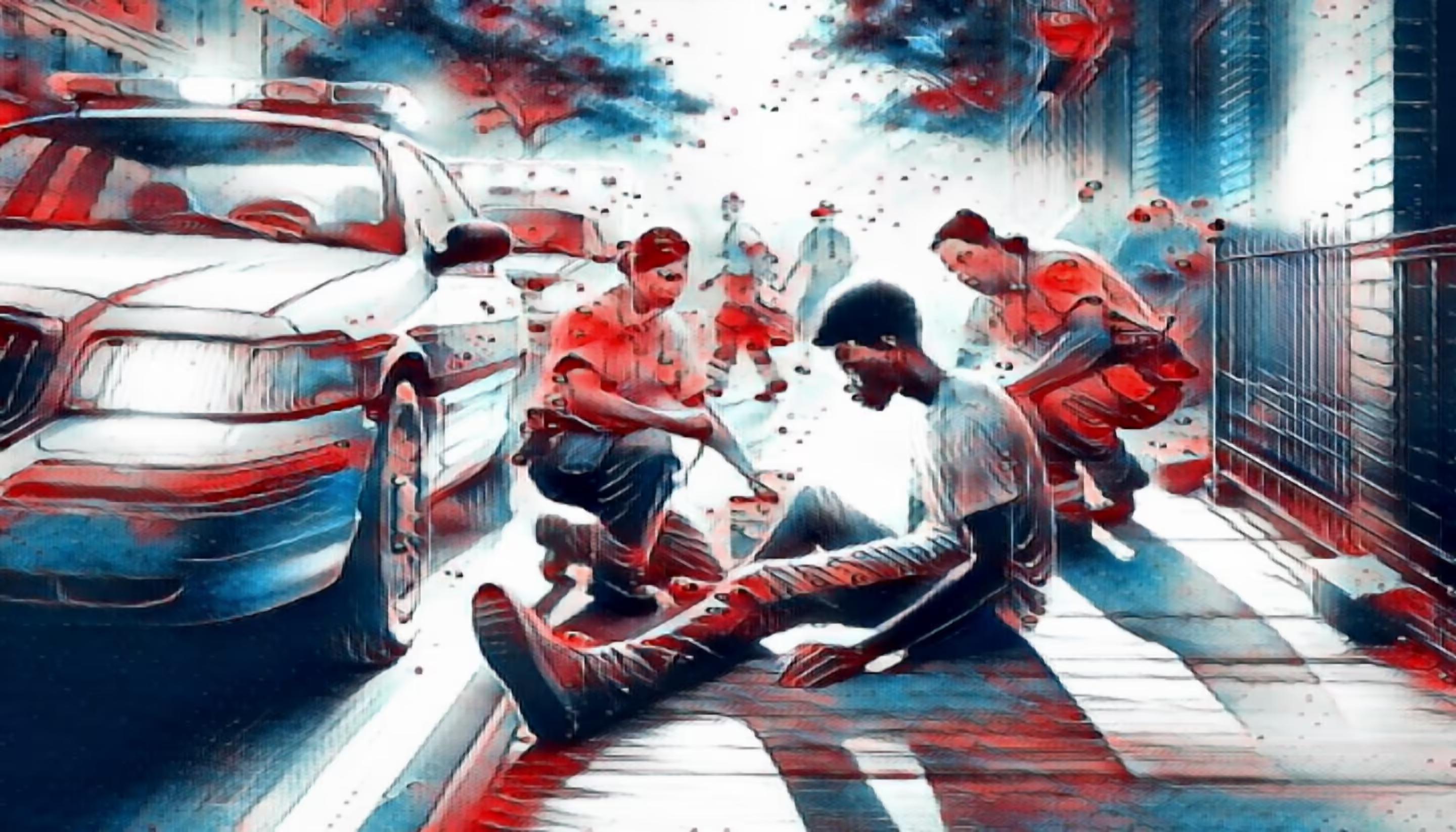California Pedestrian Crosswalk Laws
California's pedestrian crosswalk laws are designed to prioritize the safety of individuals crossing the street. Here's a breakdown of the fundamental laws and rules that drivers and pedestrians should be aware of:
Right-of-Way Rules
At Marked Crosswalks
According to California Vehicle Code (CVC) Section 21950, drivers must yield the right-of-way to pedestrians crossing within a marked crosswalk. This means that if a pedestrian is within or approaching a crosswalk, drivers must stop to allow them to cross safely.
At Unmarked Crosswalks
Unmarked crosswalks are often found at intersections or where sidewalks meet the roadway. Drivers must also yield to pedestrians at these locations, even if the crosswalk is not explicitly marked.
Pedestrian Responsibilities
Crossing At Designated Crosswalks
Pedestrians are required to use designated crosswalks when available. CVC Section 21954 mandates that pedestrians should cross streets at crosswalks rather than jaywalking, which is illegal and can result in fines.
Obeying Traffic Signals
At intersections with traffic signals, pedestrians must wait for the walk signal before crossing. Failure to do so can result in accidents and legal consequences.
Driver Responsibilities
Avoiding Distractions
Drivers must remain vigilant and avoid distractions while approaching crosswalks. Distracted driving, such as using a cell phone or adjusting the radio, increases the risk of missing a pedestrian and causing an accident.
Slow Down In Areas With High Pedestrian Traffic
Drivers should reduce their speed in areas with high pedestrian traffic, such as near schools, parks, and shopping centers. Lower speeds give drivers more time to react to pedestrians in crosswalks.
Crosswalk Design & Visibility
Illuminated Crosswalks
Many urban areas have implemented illuminated or flashing crosswalks to enhance visibility. Drivers must exercise caution and be prepared to stop when approaching these crosswalks.
Pedestrian Crossing Signs
Pedestrian crossing signs and signals alert drivers to crossing areas. Drivers must obey these signs and signals to ensure pedestrian safety.
Common Scenarios & Legal Implications
Understanding how these laws apply in various scenarios can help both drivers and pedestrians navigate crosswalks more safely:
Driver Failing To Yield
Scenario: A driver fails to yield to a pedestrian in a marked crosswalk, resulting in an accident.
Legal Implications: The driver may be held liable for any injuries sustained by the pedestrian. The pedestrian can seek compensation for medical expenses, lost wages, and pain and suffering. Evidence such as traffic camera footage, witness statements, and police reports can support the claim.
Pedestrian Jaywalking
Scenario: A pedestrian crossing the street outside a designated crosswalk is hit by a vehicle.
Legal Implications: While pedestrians are expected to use crosswalks, drivers still must exercise caution. If a driver was speeding or otherwise negligent, they may still be partially liable for the accident. However, the pedestrian's actions may impact the extent of their recovery.
Accidents In Poor Visibility Conditions
Scenario: An accident occurs at a crosswalk with poor lighting or inclement weather conditions.
Legal Implications: Both drivers and pedestrians are responsible for adapting to poor visibility conditions. Drivers should slow down and increase vigilance, while pedestrians should wear reflective clothing or accessories. Liability may be shared based on the actions of both parties and the conditions at the time of the accident.
Preventive Measures & Safety Tips
To minimize the risk of pedestrian accidents, consider the following preventive measures:
For Drivers
Stay Alert
Remain attentive when approaching crosswalks, especially in areas with high pedestrian traffic. Avoid distractions and be prepared to stop for pedestrians.
Obey Speed Limits
Adhere to posted speed limits and reduce speed in areas with frequent pedestrian crossings. This will give you more time to react if a pedestrian enters the crosswalk unexpectedly.
For Pedestrians
Use Crosswalks
Always cross streets at designated crosswalks and follow traffic signals. Avoid crossing mid-block or in areas without pedestrian facilities.
Stay Visible
Wear bright or reflective clothing, especially during low-light conditions. Make eye contact with drivers before crossing to ensure they see you.
Contact Us For Legal Help
Pedestrian crosswalk laws in California are designed to protect both drivers and pedestrians. By understanding and adhering to these laws, you can significantly reduce the risk of accidents and ensure safer roadways. For individuals involved in a pedestrian crosswalk accident or seeking legal advice on related matters, contacting an experienced attorney is crucial.
If you or a loved one has been involved in a pedestrian crosswalk accident, it is essential to seek professional legal assistance to navigate the complexities of your case. Our experienced attorneys are dedicated to helping victims understand their rights and obtain the compensation they deserve. Call us today at (310) 810-3434 to schedule a consultation and take the first step toward securing the justice and support you need.
